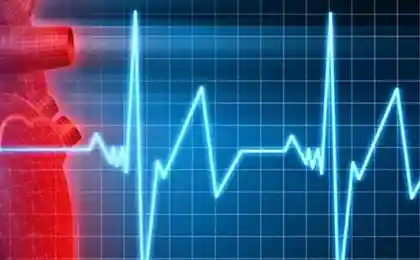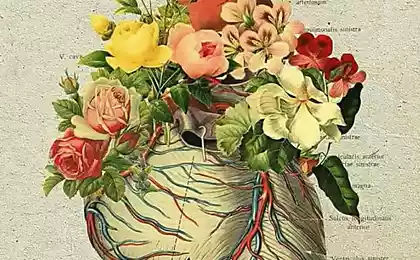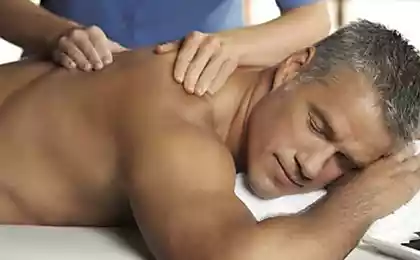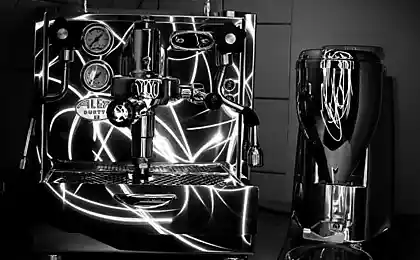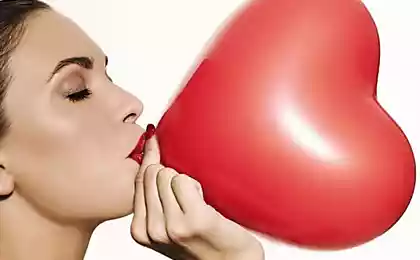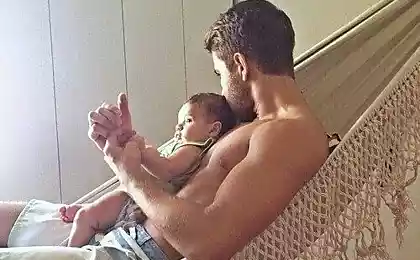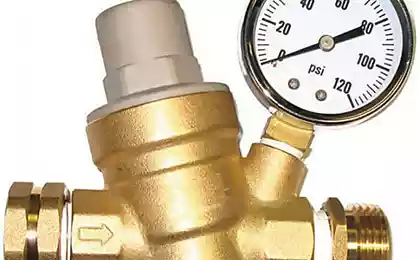612
Stabilization of blood pressure

Pressure equalization — long-term mechanisms of regulation. Mechanisms slow response is the regulation of systemic blood pressure by changing the amount removed from the body of water. By increasing the amount of water in the body, despite the transition of her from the blood stream into the tissues, AD is increasing for two reasons:
a) because of the direct influence of the amount of liquid in the vessel: the more blood, the more pressure in the blood vessels – increases the filling pressure;
b) the accumulation of fluid in the blood stream (BCC) increases the content of capacitance vessels (venules and small veins), which leads to an increase in venous return of blood to the heart and, of course, to increase the ejection of blood into the arterial system (SV) – the blood pressure rises.
When you reduce the amount of fluid in the body decreases HELL. Specified surround mechanism, as arterial baroreceptor reflex is a loop negative feedback. While baroreceptors arterial reflex is a very quick response, counteracting short-term changes in arterial pressure can pass hours and days before the change in the volume and speed of urination will lead to significant loss or accumulation of fluid in the body.
However, the more this bulk mechanism loses in speed, the more it acquires in its resistance. The amount of output from the body of water is determined primarily by the rate of urination, which is the difference between glomerular filtration rate and the rate of reabsorption of fluid in the kidneys.
The main cause of glomerular filtration lies in the fact that the hydrostatic pressure in the capillaries of the glomeruli normal very high (about 70 mm Hg.St.). If you increase HELL grows naturally and filtration pressure in the glomerulus that leads to an increase of the filtrate volume (primary urine) in the renal glomeruli. In addition, due to the increase in volume increases the speed of fluid movement in the tubules of the kidney, causing less water is reabsorbed from the tubules – urine output increases, the volume decreases, which leads to a decrease in blood pressure .
Glomerular filtration rate is reduced under the influence of factors that reduce the pressure in the capillaries of the glomeruli (e.g., decrease in systemic blood pressure or constriction of the afferent arterioles bringing). At the same time, the local variability of renal resistance vessels allows to maintain almost unchanged renal blood flow over a wide range of indicators of arterial pressure (80 to 180 mm Hg.St.), that is the kidneys have a very strict system of autoregulation. Therefore, in normal main role in the regulation of water balance is played by humoral mechanisms.
Apparatus for stabilizing the pressure — the idea of nature?One of them, aldosteronoma (RA), discussed above. Another important long-term maintenance of blood pressure hormone is vasopressin (antidiuretic hormone). Vasopressin – peptide, secreted in blood by the neurohypophysis. Stimulating the reabsorption of water collecting tubules of the kidneys, this hormone has an antidiuretic effect. High non-physiological doses of vasopressin causes a spasm of the arterioles. I believe that in vivo vasopressin does not increase blood pressure, which is indirectly evidenced by the absence of hypertension in the syndrome of Parhon (excessive production of ADH).
Source: globalscience.ru
Boeing introduced the space Shuttle CST-100
The properties of exoplanets can be determined by the catalog created by the graduate

